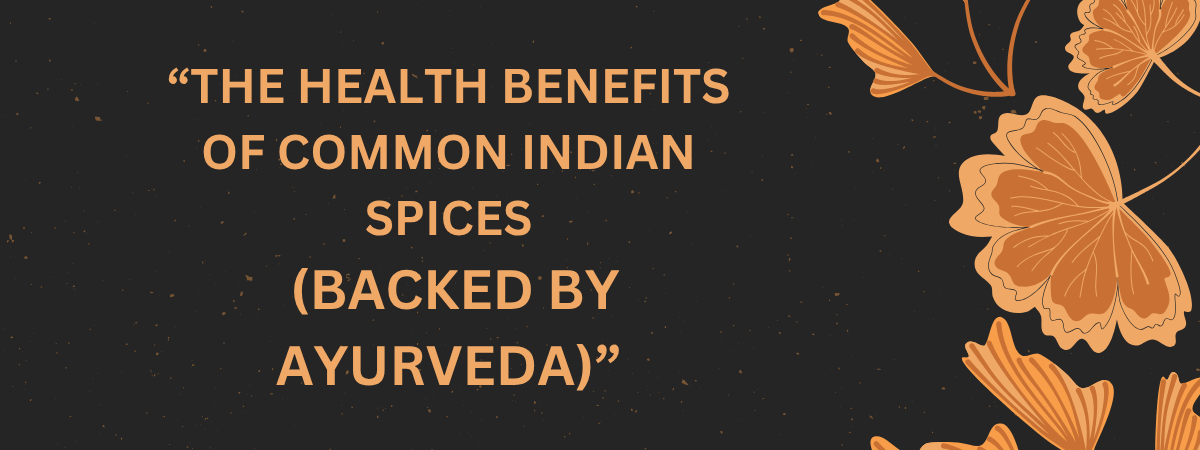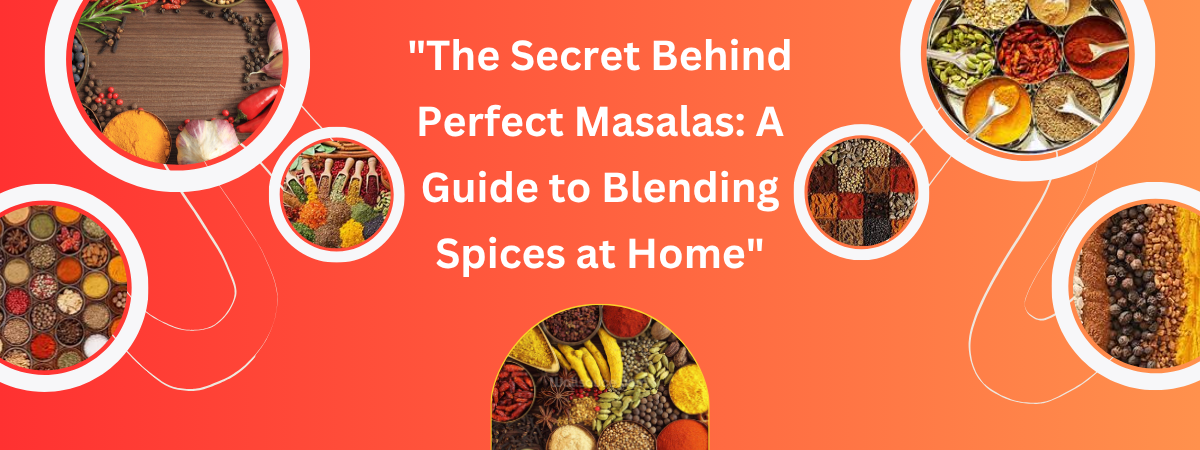Currently Empty: ₹0.00

Indian cuisine is a symphony of spices—aromatic, vibrant, and deeply flavorful. But you don’t need a pantry full of exotic ingredients to get started. If you stock just five essential Indian spices, you can cook a wide range of delicious dishes at home. In this guide, we’ll cover the must-haves and how to use them effectively in everyday cooking.
1. Turmeric (Haldi)
Flavor: Earthy, slightly bitter, and warm
Best for: Curries, lentils, rice dishes, and marinades
Turmeric is the golden backbone of Indian cooking. Known for its vibrant color and health benefits (anti-inflammatory and antioxidant), it’s used in nearly every Indian dish.
✅ Usage Tip: Add 1/4 to 1/2 teaspoon during the sautéing phase, especially when frying onions or spices.
2. Cumin Seeds (Jeera)
Flavor: Nutty, earthy, and aromatic
Best for: Tempering dals, rice, and vegetable stir-fries
Cumin seeds are often the first spice added to hot oil. This process, known as “tempering,” releases their deep, toasty aroma and infuses dishes with warm flavor.
✅ Usage Tip: Add whole cumin seeds to hot oil before adding onions or other ingredients.
3. Coriander Powder (Dhaniya Powder)
Flavor: Mild, lemony, and slightly sweet
Best for: Spice blends, curries, chutneys, and vegetable dishes
Ground coriander balances the heat in many Indian dishes and adds a fresh, citrusy undertone.
✅ Usage Tip: Sprinkle 1–2 teaspoons during cooking. It pairs well with cumin and chili powder.
4. Red Chili Powder (Lal Mirch)
Flavor: Spicy and pungent (varies by region and brand)
Best for: Heat and color in curries, sauces, and marinades
Indian chili powders range from mild to fiery. Kashmiri chili powder is milder and redder, perfect for color without too much heat.
✅ Usage Tip: Start small (1/4 tsp), then adjust to taste. Mix with turmeric and coriander for a classic Indian masala base.
5. Garam Masala
Flavor: Warm, sweet-spicy, and aromatic
Best for: Finishing touch on curries, lentils, or grilled dishes
Garam masala is a blend of spices like cinnamon, cloves, cardamom, cumin, and nutmeg. It’s typically added at the end of cooking for a final boost of fragrance.
✅ Usage Tip: Add 1/2 teaspoon after turning off the heat. Stir well to infuse the dish with complex warmth.
Bonus Tip: Store Your Spices Right
- Keep them in airtight containers
- Store away from direct sunlight and heat
- Replace ground spices every 6–12 months for peak flavor
🎯 Conclusion: Spice Up Your Kitchen the Indian Way
You don’t need dozens of jars to master Indian cooking—just five essential Indian spices can take you a long way. By understanding how and when to use turmeric, cumin, coriander, chili powder, and garam masala, you’ll unlock a world of authentic flavors in your own kitchen.





